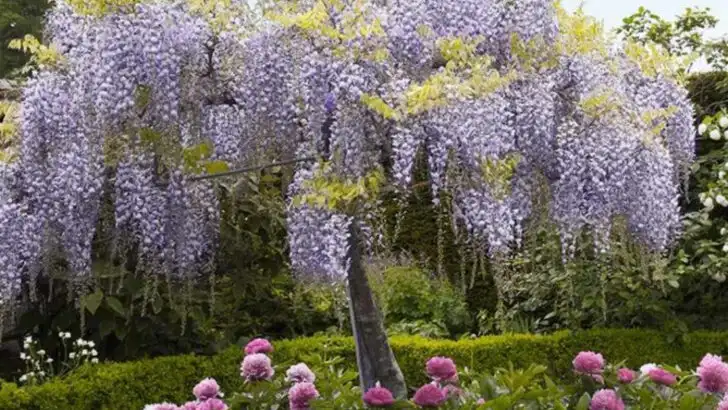Some plants don’t just grow—they transform. These 19 incredible species shift in shape, size, and structure as the seasons change, creating an ever-evolving display of nature’s quiet drama. From foliage that swells and contracts to stems that twist, stretch, or shrink with the weather, these plants turn your garden into a living, breathing performance.
Whether you’re drawn to the sculptural silhouettes of winter dormancy, the bold expansion of summer growth, or the delicate movements triggered by humidity or temperature, each of these plants offers something mesmerizing. Some balloon out with rainfall, others tighten their forms in heat, and a few literally reconfigure their architecture to adapt to shifting light and moisture.
Best of all, these seasonal shape-shifters aren’t just fascinating—they’re also resilient, beautiful, and easy to grow in many home gardens or balconies. Add a few to your collection, and you’ll feel like you’ve planted a little bit of living magic that changes with every month.
Japanese Maple
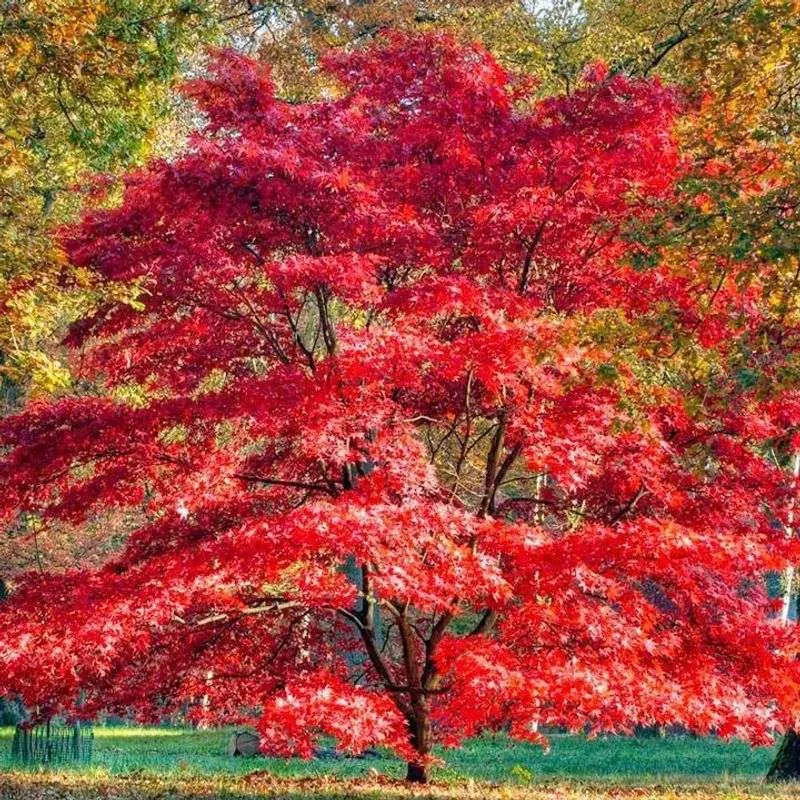
The Japanese Maple is renowned for its breathtaking fall transformation. With leaves that shift from green to a fiery red, it’s a true visual treat. Its delicate, hand-shaped leaves become more vibrant as the weather cools, painting landscapes with a warm glow. Often found in tranquil gardens, this tree is a favorite for those seeking a touch of autumnal elegance. Its slow growth and graceful branches create a picturesque scene worthy of admiration. Did you know these trees can live over a hundred years, becoming more beautiful with time?
Hydrangea
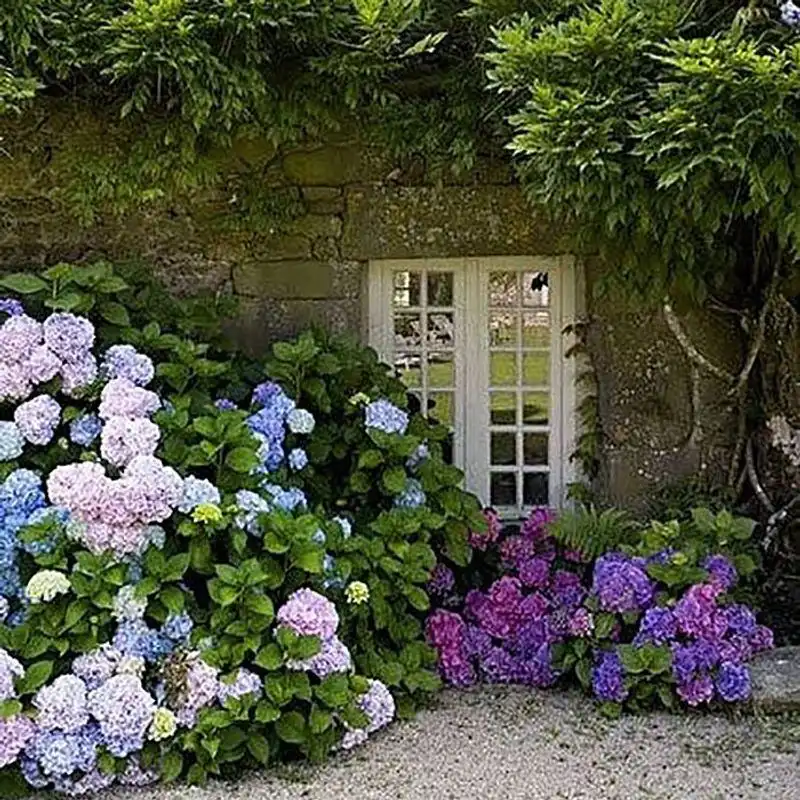
Hydrangeas are a gardener’s delight, known for their ability to change flower colors based on soil pH. From blues to pinks, these blooms add a pop of color to any garden. During summer, they burst forth with vibrant clusters, creating a lively display. As autumn approaches, their colors deepen, offering a new charm. This plant’s adaptability makes it a favorite among horticultural enthusiasts. Fascinatingly, a slight change in soil can lead to an entirely new flower hue! Talk about nature’s palette at work.
Virginia Creeper
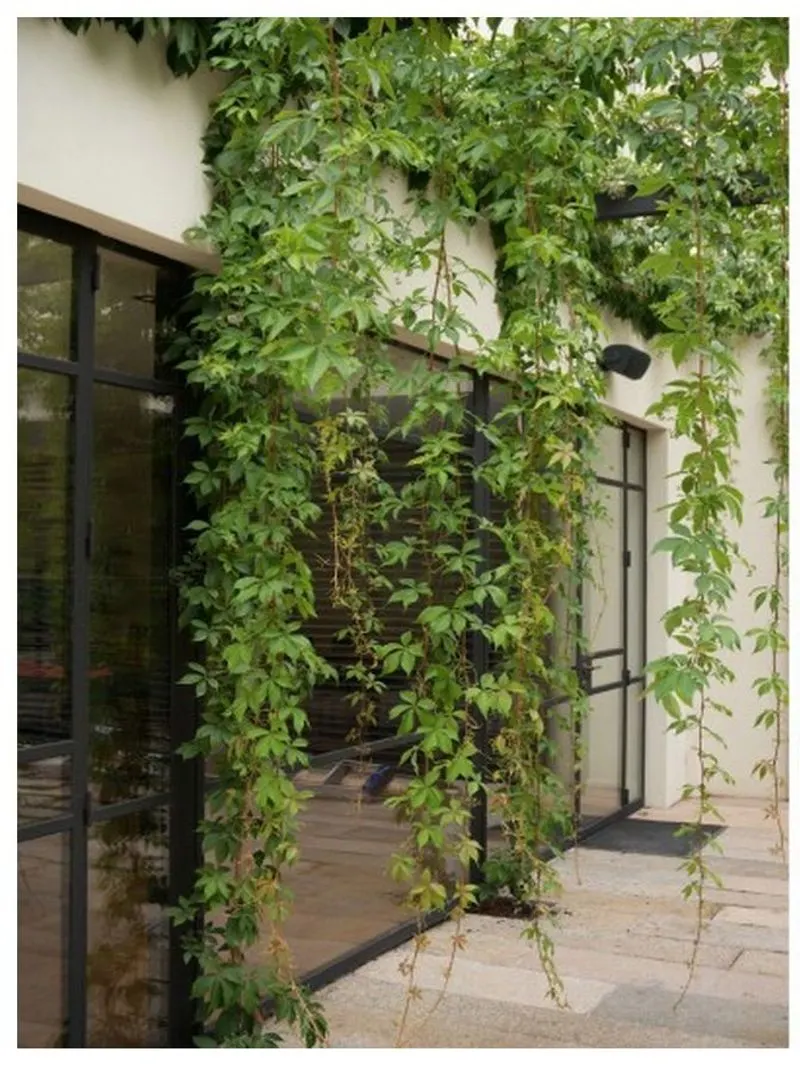
Virginia Creeper is a climber that captivates with its dramatic seasonal shifts. In spring and summer, its lush green foliage creates a vibrant cover, perfect for garden walls. As autumn arrives, the leaves undergo a spectacular transformation, turning shades of red and purple. This change adds a stunning contrast to any landscape. Its ability to adapt to various environments makes it a versatile choice for gardeners. This plant’s beauty isn’t just skin deep; it provides shelter for wildlife too, making it an ecological asset.
Wisteria
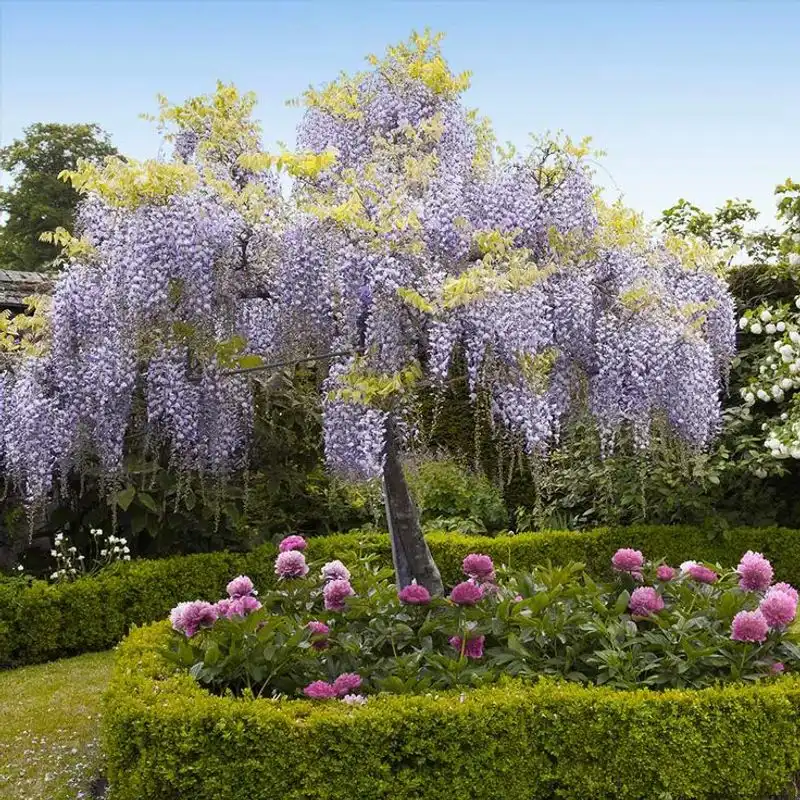
Wisteria vines are famous for their enchanting spring display. With cascades of purple flowers, they create a fairytale-like ambiance. These blooms aren’t only visually stunning; they’re fragrant too, adding a sensory delight to gardens. During other seasons, wisteria’s foliage provides a lush green canopy. As winter approaches, the leaves fall, leaving the intricate vine patterns exposed, adding structural interest even in dormancy. Its beauty and versatility make it a sought-after plant for creating magical garden spaces.
Sumac
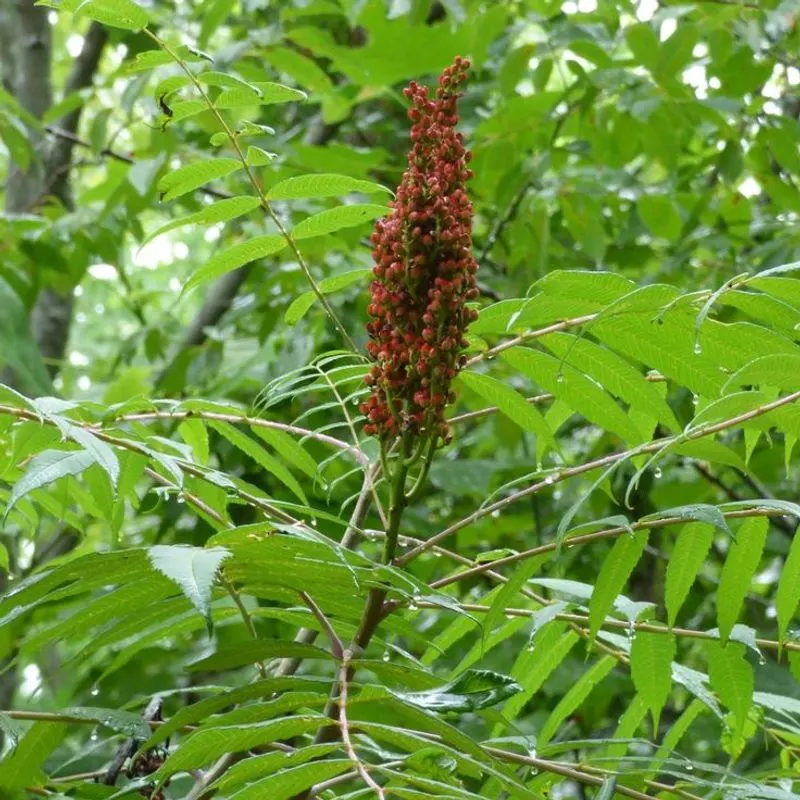
Sumac, with its vibrant fall foliage, is a true spectacle. In spring, it starts with modest green leaves, but come autumn, it transforms into a fiery display of reds and oranges. This dramatic shift makes it a favorite for adding seasonal color to landscapes. Beyond its visual appeal, sumac is known for its medicinal properties and use in culinary dishes. Did you know sumac was used as a spice in ancient Roman kitchens? This plant is more than just a pretty face; it’s a piece of history too.
Ginkgo Biloba
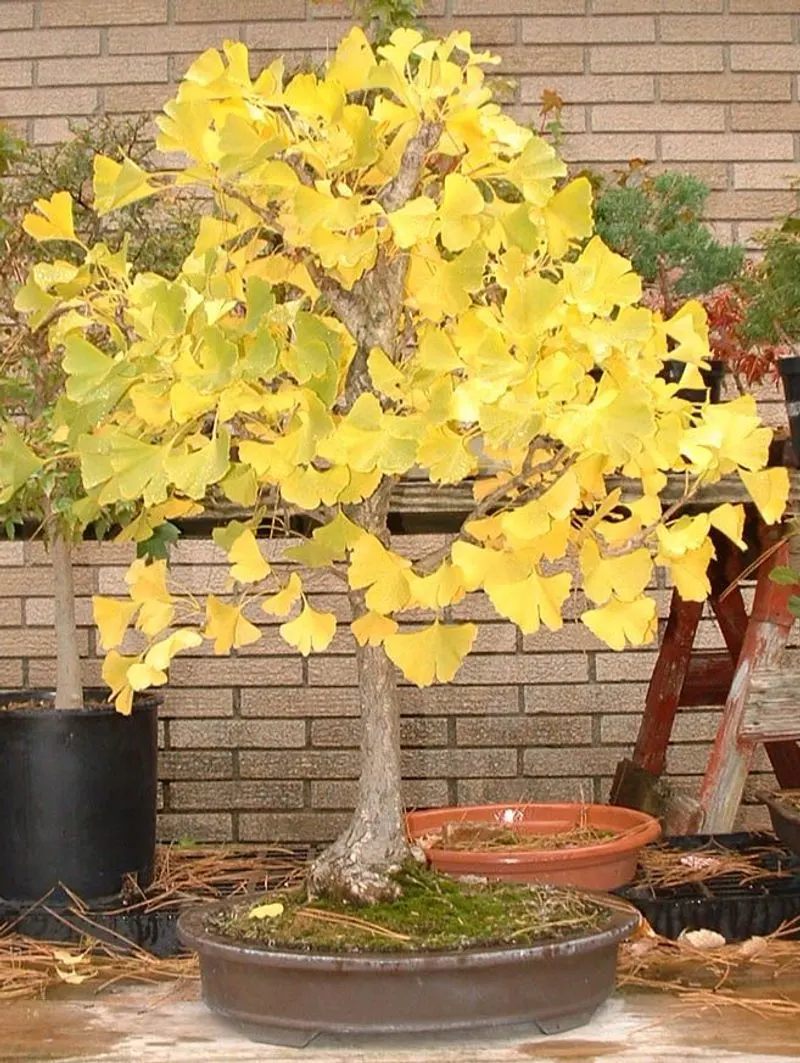
Ginkgo Biloba, often dubbed a “living fossil,” is celebrated for its striking autumn transformation. Its unique fan-shaped leaves turn a brilliant yellow, creating a golden carpet when they fall. This ancient tree has been around for over 200 million years, surviving through epochs of change. Despite its age, it continues to charm with its resilience and beauty. The ginkgo’s ability to thrive in urban environments makes it a popular choice for city landscaping, providing a splash of color amidst concrete jungles.
Forsythia
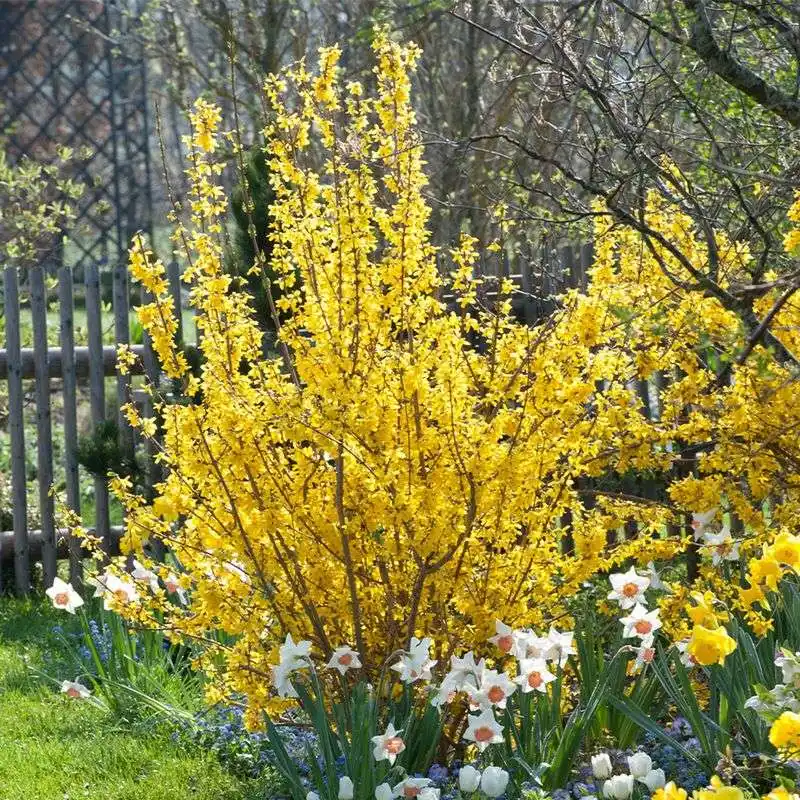
Forsythia heralds the arrival of spring with a burst of sunny yellow blooms. Before its leaves appear, the flowers create a bright tapestry, lifting spirits after a long winter. As one of the first plants to bloom, it signals nature’s reawakening. Once the flowers fade, green leaves emerge, offering a lush backdrop for other garden plants. Its ability to brighten even the dullest corners makes it a garden staple. Interestingly, forsythia’s blooms are known to be frost-resistant, withstanding late cold snaps.
Amelanchier
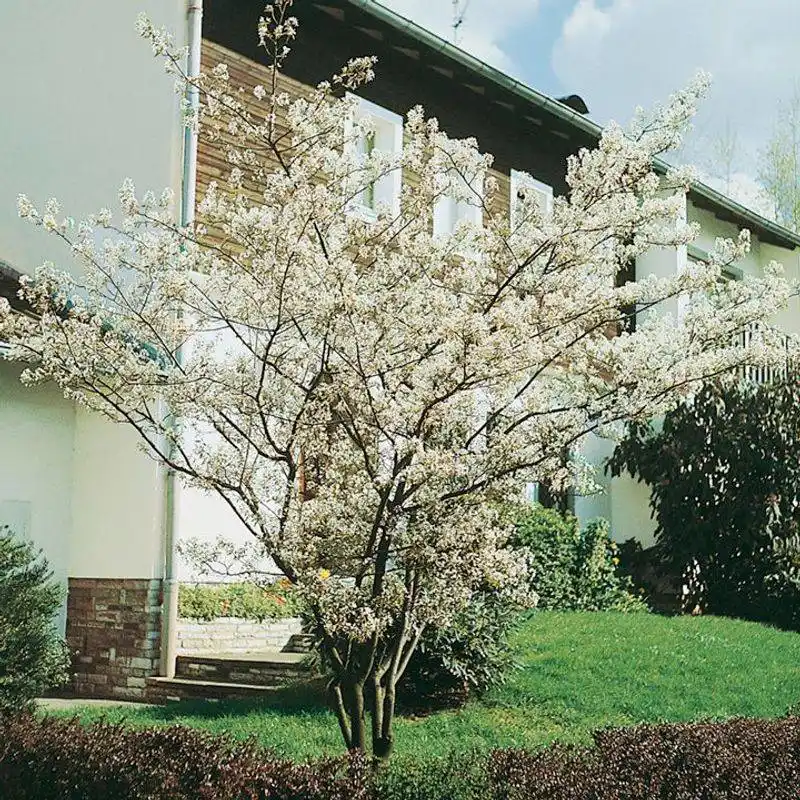
Amelanchier, also known as serviceberry, offers a seasonal spectacle with white spring blossoms and vibrant autumn foliage. In spring, its delicate flowers provide nectar for bees, supporting early pollinators. As the seasons shift, its leaves turn shades of red and orange, adding warmth to gardens and parks. This plant is not only visually rewarding but also produces edible berries, enjoyed by both humans and wildlife. Did you know Amelanchier’s berries were a food staple for Native Americans? It’s a plant with a rich cultural history.
Redbud
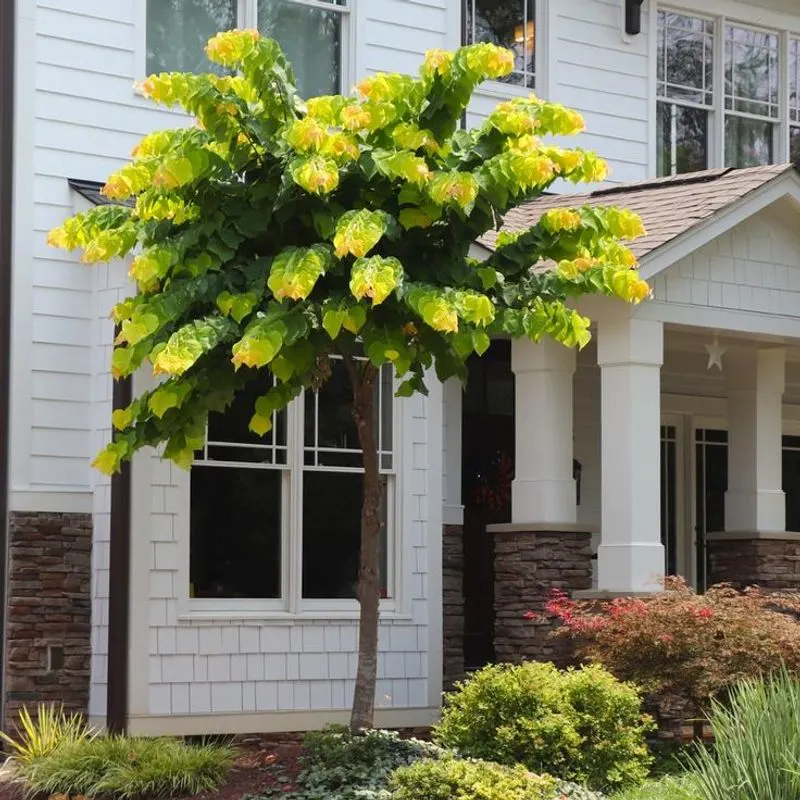
The Redbud tree is a herald of spring, known for its eye-catching pink blossoms that appear before the leaves. These cheerful flowers cling to its branches, creating a pink cloud effect. As the blooms fade, heart-shaped leaves take over, providing a different kind of beauty. Beyond aesthetics, Redbuds are hardy and well-suited for urban environments, offering shade and visual interest. This tree’s unique flowering habit before leafing out makes it a standout in any landscape. Did you know Redbuds are related to peas? Their seed pods resemble pea pods!
Smoke Tree
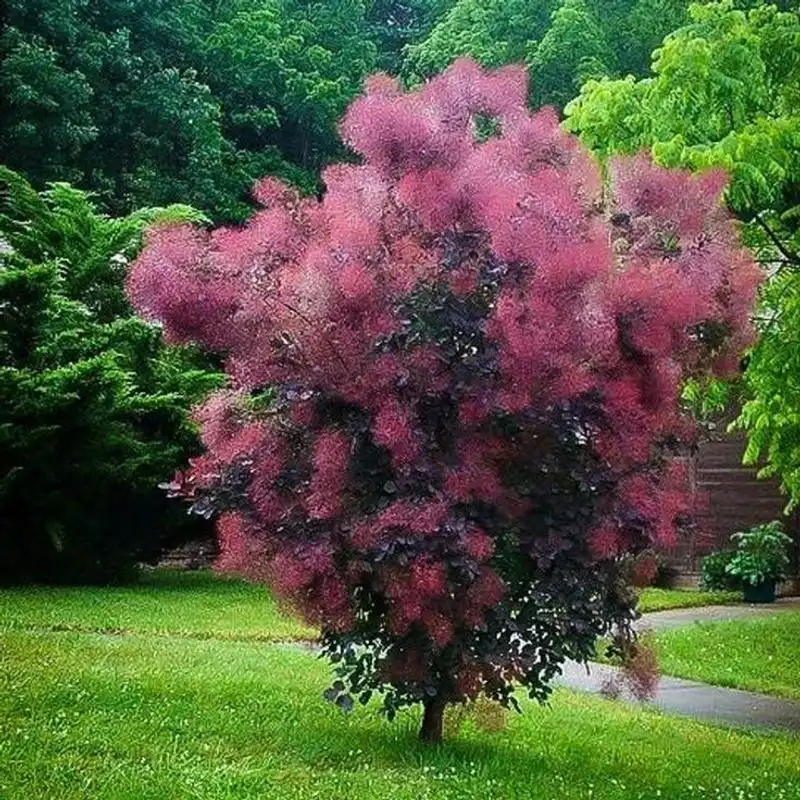
The Smoke Tree captivates with its unusual, wispy blooms that resemble puffs of smoke. During summer, these “smoke” clusters add a whimsical touch to gardens. Its leaves transition from green to deep purple and bronze as the seasons change, providing year-round interest. This plant’s distinctive appearance and low maintenance make it a favorite among gardeners looking for unique foliage and color. Did you know the Smoke Tree is also known as the Venetian sumac? Its intriguing name adds to its mystique.
Dogwood
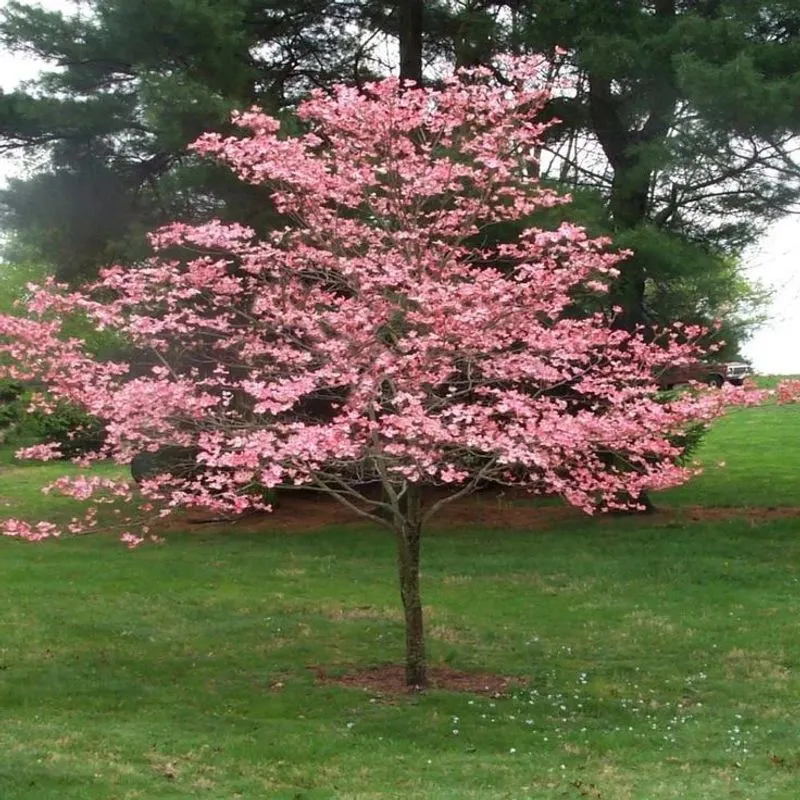
Dogwood trees are a sight to behold in spring, with their pristine white or pink flowers creating a delicate display. These blooms are followed by lush green leaves that turn red or purple in autumn. As fall progresses, bright red berries add another layer of visual interest. Beyond their beauty, Dogwoods provide food for birds and wildlife, enhancing their ecological value. Their ability to adapt to various environments makes them a versatile landscaping choice. Interestingly, Dogwood wood is known for its toughness, used in tool handles and crafts.
Callicarpa
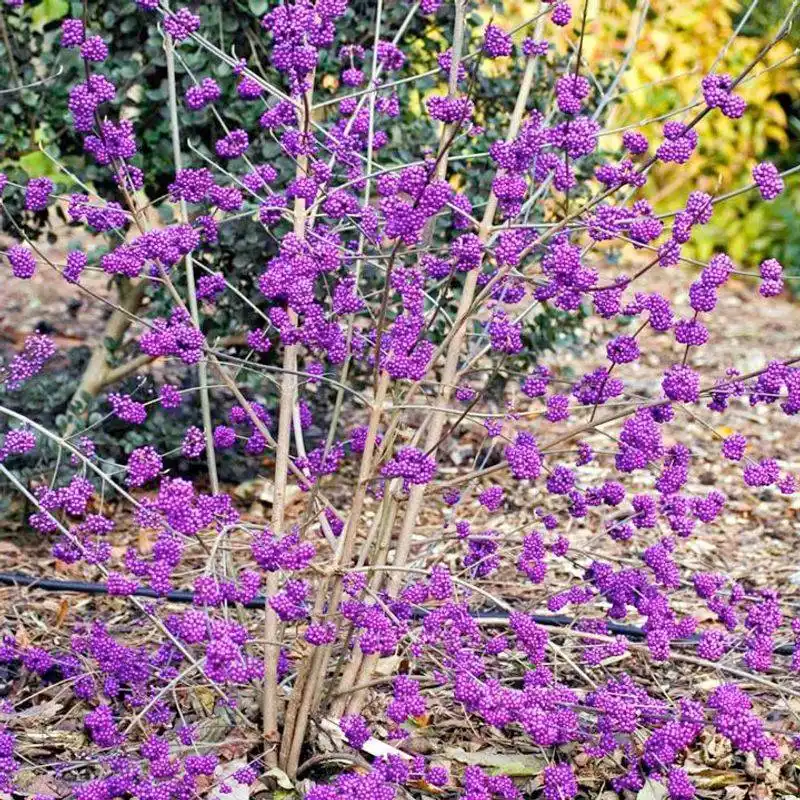
Callicarpa, commonly known as Beautyberry, is famed for its striking purple berries that shine in the autumn landscape. These vibrant fruits appear after the small, delicate summer flowers, creating a beautiful contrast with its lush green foliage. The berries persist into winter, providing a food source for birds. This plant’s unique berry color makes it a standout in gardens, offering a splash of color when most plants have faded. Did you know Callicarpa’s berries are used in traditional medicine? Their beauty and benefits make them a valuable addition to any garden.
Sweetgum
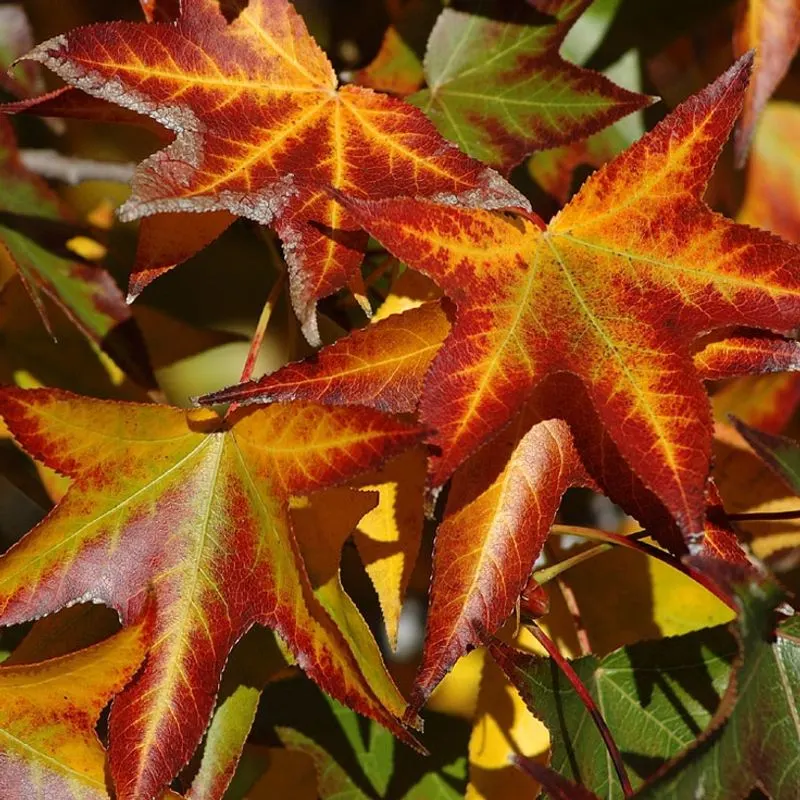
Sweetgum trees are known for their distinctive, star-shaped leaves that transform into a kaleidoscope of colors in the fall. From yellow to orange to purple, each leaf displays a unique hue, creating a vibrant tapestry. This transformation is a highlight of autumn, drawing attention in parks and gardens. Beyond their visual appeal, Sweetgums are valued for their hardwood, used in flooring and furniture. Interestingly, the tree’s sap was once used as a chewing gum substitute! Its blend of beauty and utility makes Sweetgum a fascinating plant.
Lilac
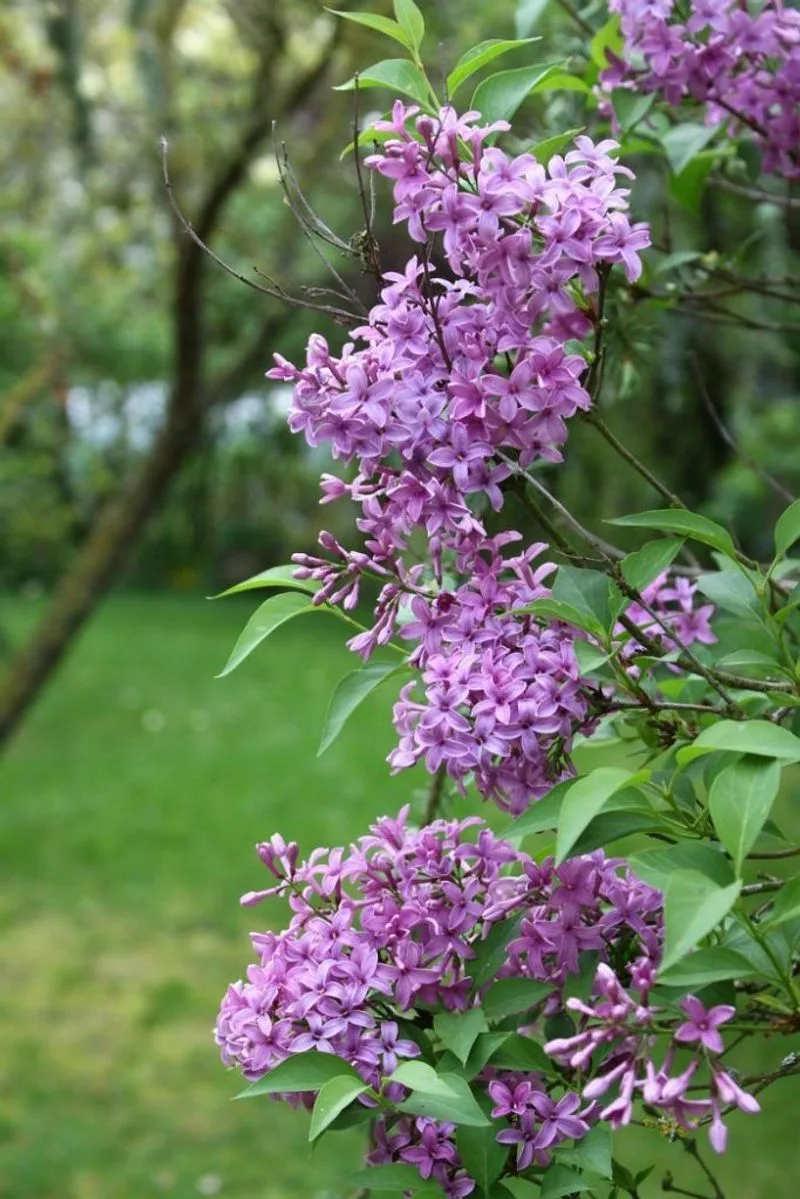
Lilacs herald spring with their fragrant, purple blooms, filling gardens with a sweet aroma. These clusters of flowers are not only beautiful but also attract pollinators, supporting garden biodiversity. After the blooms fade, lush green foliage provides a peaceful backdrop for other plants. Lilacs are known for their longevity, often found in old homesteads where they continue to bloom year after year. Did you know that lilacs have been cultivated since the Ottoman Empire? Their rich history adds to their timeless charm.
Snowball Viburnum
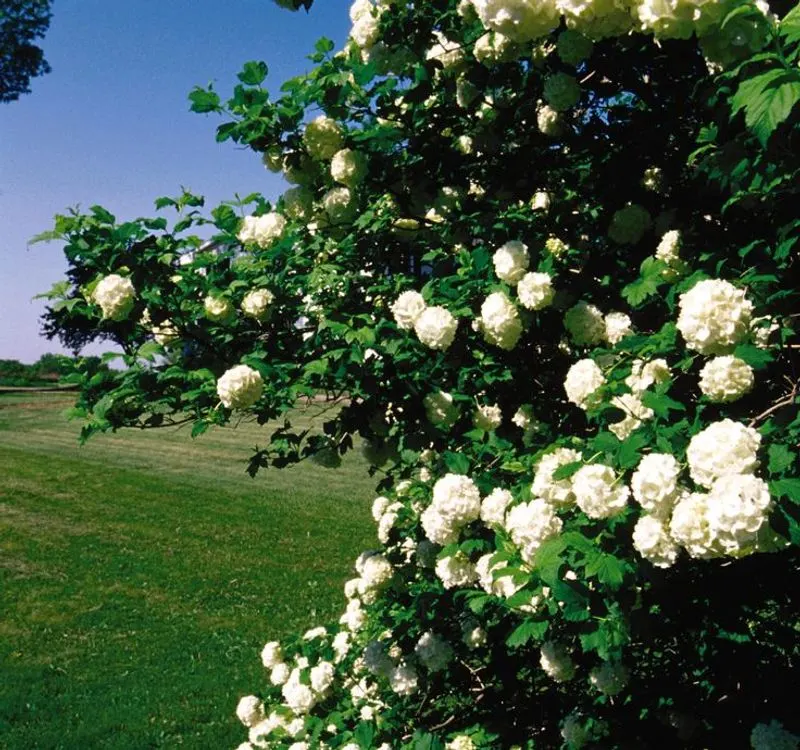
The Snowball Viburnum enchants with its large, spherical blooms resembling snowballs. These white flowers appear in spring, offering a visual spectacle that captivates onlookers. As the season progresses, its leaves transition to various shades of green, adding depth to its appearance. This plant’s adaptability to different soils and climates makes it a versatile choice for gardeners. Beyond aesthetics, it’s a haven for pollinators, contributing to garden health. Fascinatingly, the Snowball Viburnum’s blooms were once used in traditional bridal bouquets, symbolizing purity and beauty.
Rhododendron
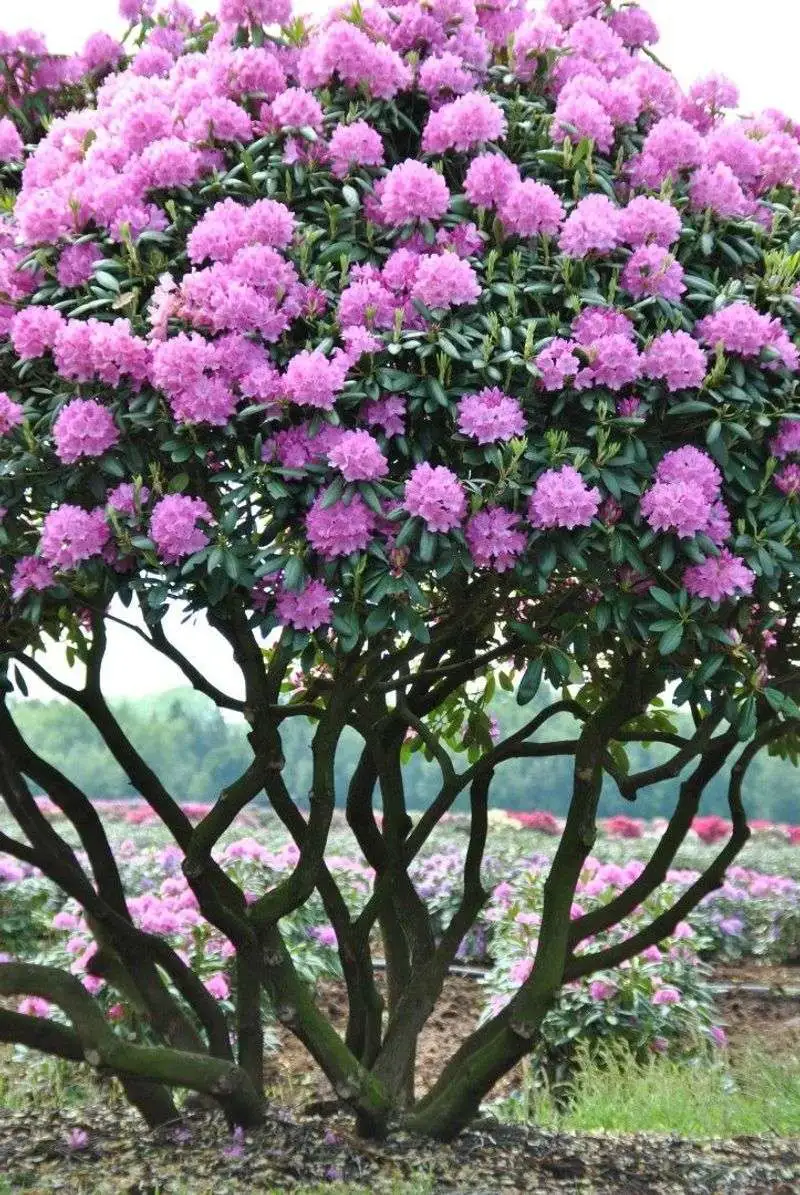
Rhododendrons are celebrated for their stunning spring blooms, which come in a range of colors from pink to purple. These large, showy flowers create a striking contrast against their evergreen leaves. Found in mountainous regions, they’re well-suited to cooler climates. The plant’s ability to thrive in harsh conditions makes it a symbol of resilience. Beyond their beauty, rhododendrons support a variety of wildlife, providing shelter and food. Interestingly, the name “rhododendron” means “rose tree” in Greek, reflecting its magnificent blooms.
Quaking Aspen
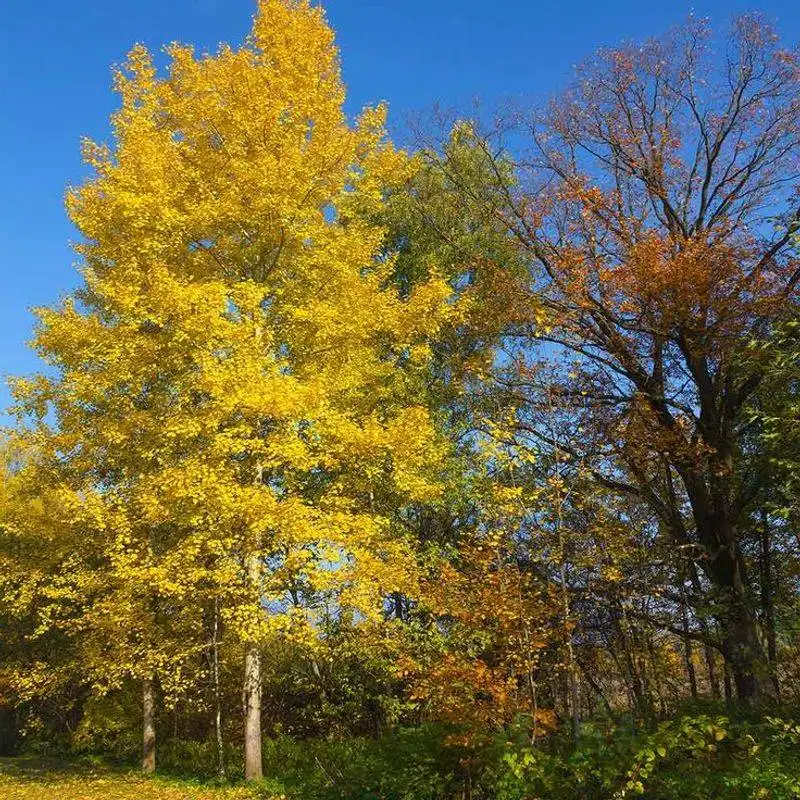
Quaking Aspens are known for their dynamic fall foliage, with leaves that turn a brilliant gold, shimmering in the wind. This distinctive movement is due to the flat leaf stalks, giving the trees their name. Found in clusters, they create stunning visual displays in forests and parks. Beyond their beauty, Aspens play a crucial role in forest ecosystems, supporting diverse wildlife. Remarkably, Quaking Aspens are connected by a shared root system, making them one of the largest living organisms on Earth! Their unique characteristics make them a natural wonder.
Holly
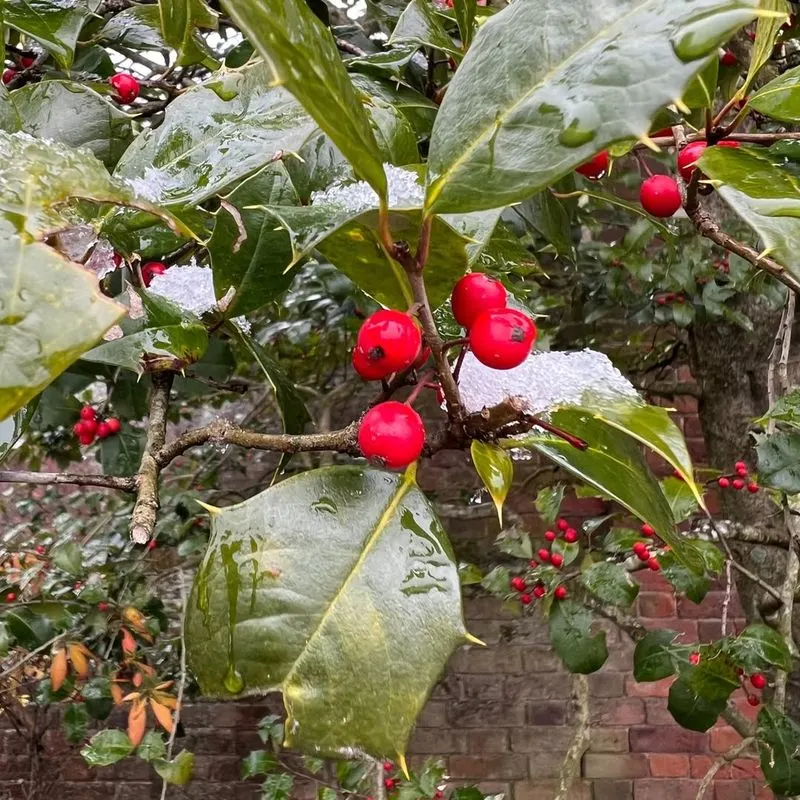
Holly bushes are iconic for their festive red berries and glossy green leaves, often associated with winter celebrations. These evergreen plants provide year-round interest, with the berries appearing in autumn and lasting through winter. Hollies are not only decorative but also serve as vital food sources for birds during colder months. Their spiky leaves deter herbivores, offering protection. Historically, Holly has been used in various cultural traditions, symbolizing protection and good fortune. Its enduring appeal and ecological benefits make it a cherished plant worldwide.
Beech Tree
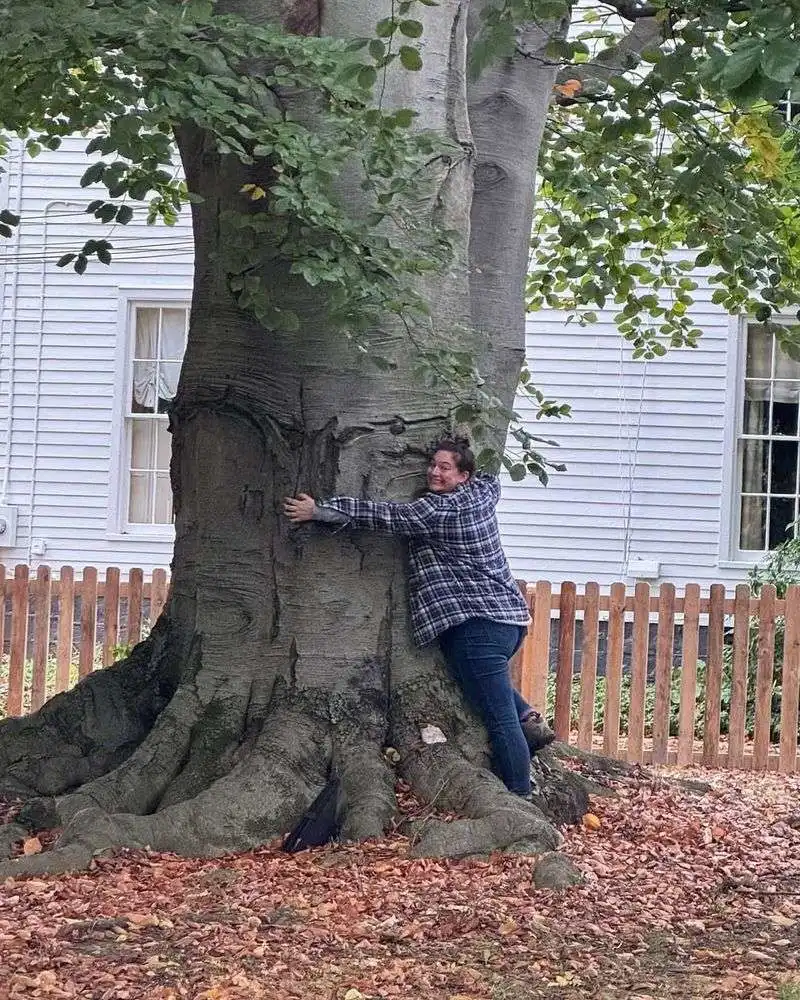
Beech Trees are renowned for their smooth, silver-gray bark and vibrant fall foliage. In autumn, their leaves turn a rich golden-brown, creating a warm, inviting atmosphere in forests. This seasonal change is a highlight for nature lovers seeking a picturesque landscape. Beyond aesthetics, Beech Trees provide habitats for numerous species, enhancing biodiversity. Interestingly, they have a long history in European folklore, symbolizing wisdom and learning. Their majestic presence and ecological importance make Beech Trees a treasured component of natural landscapes.

